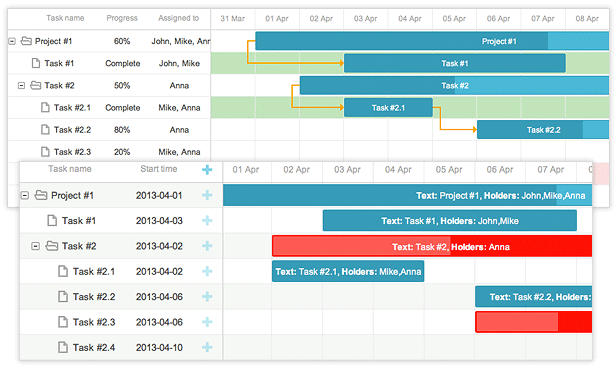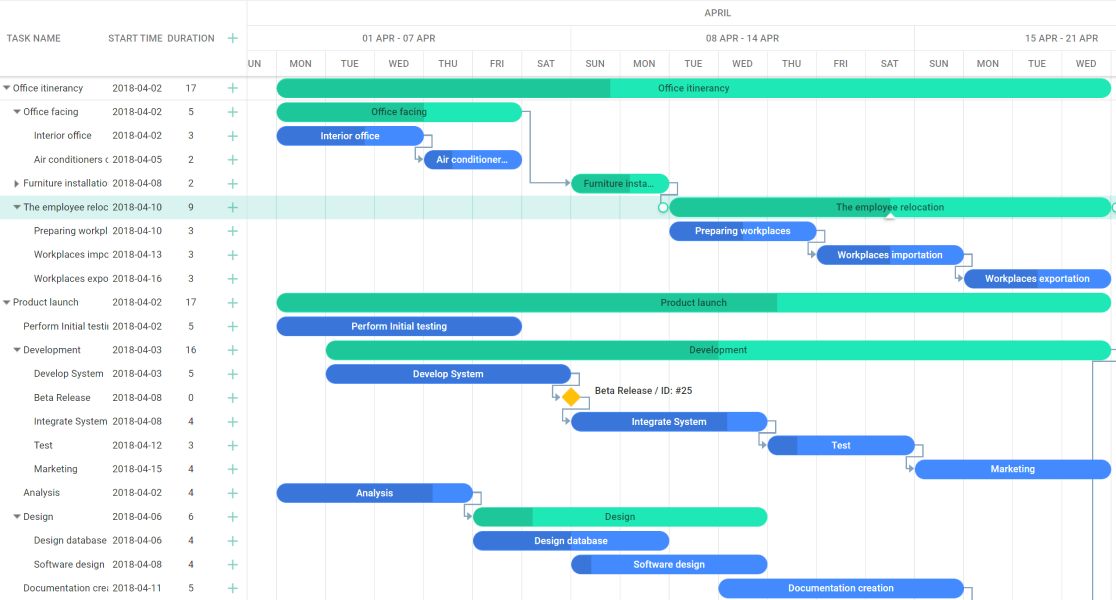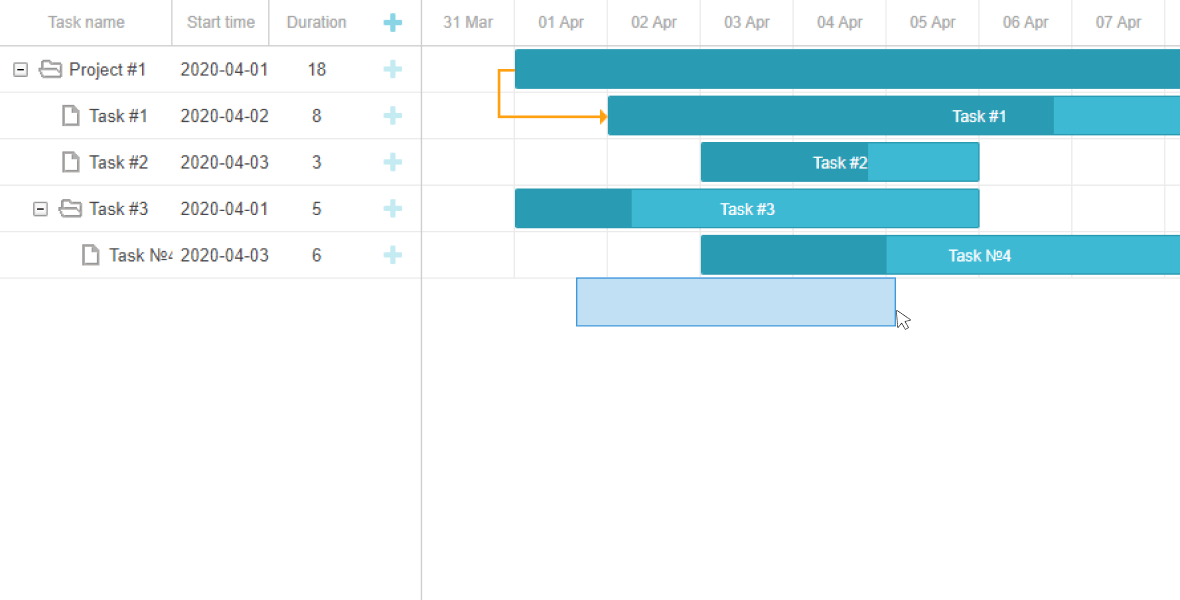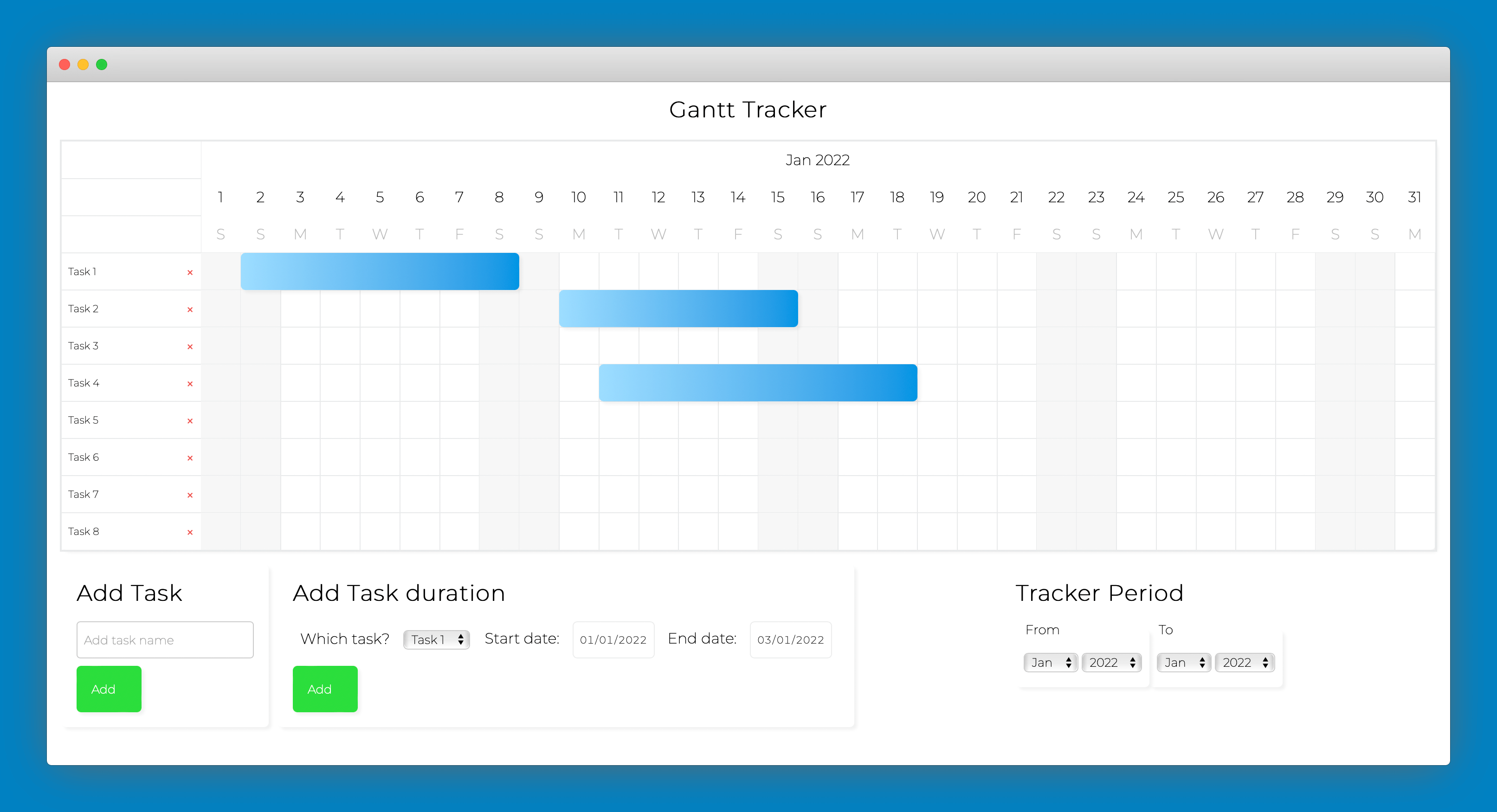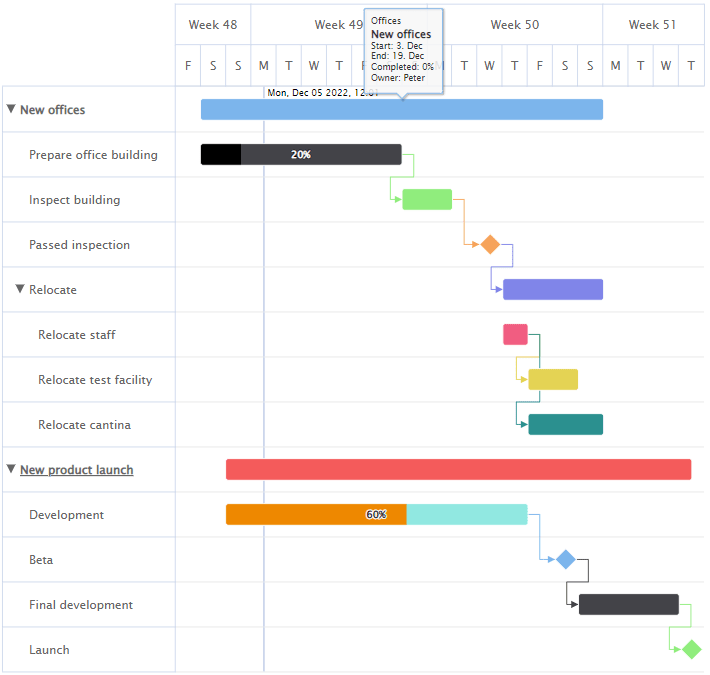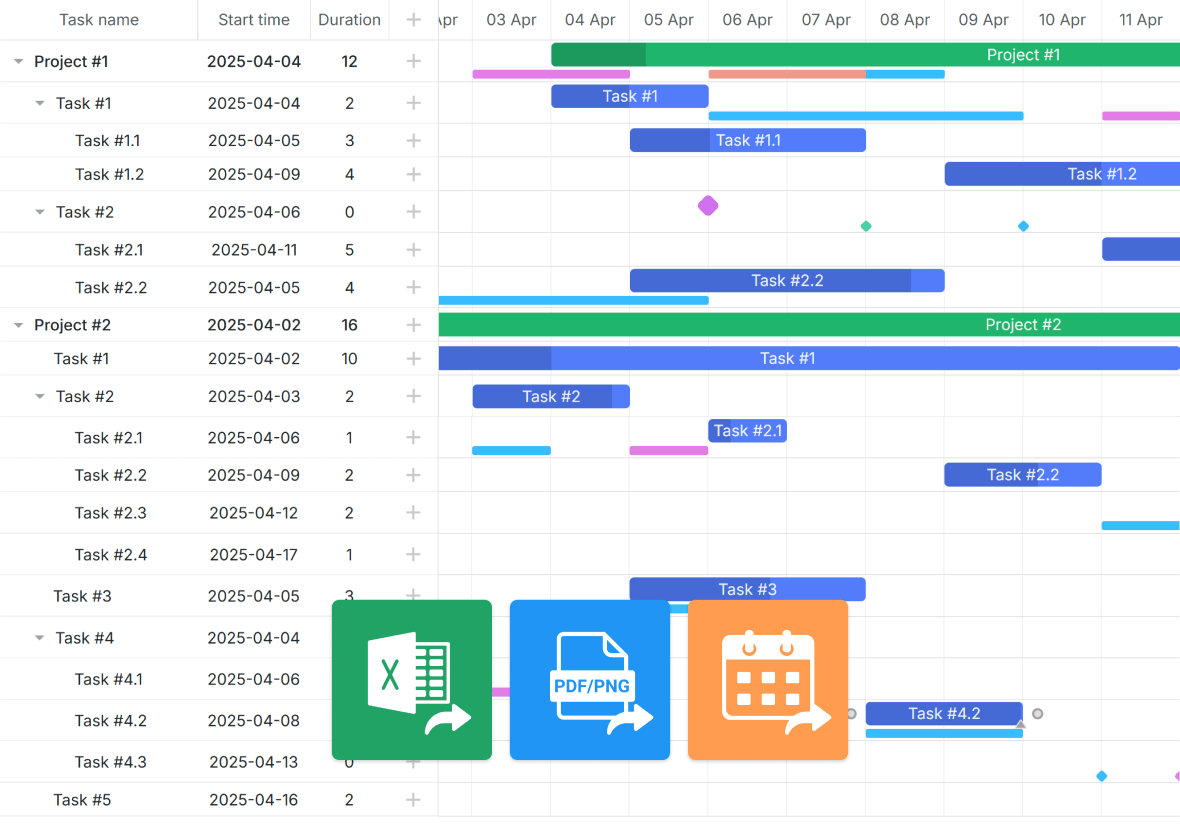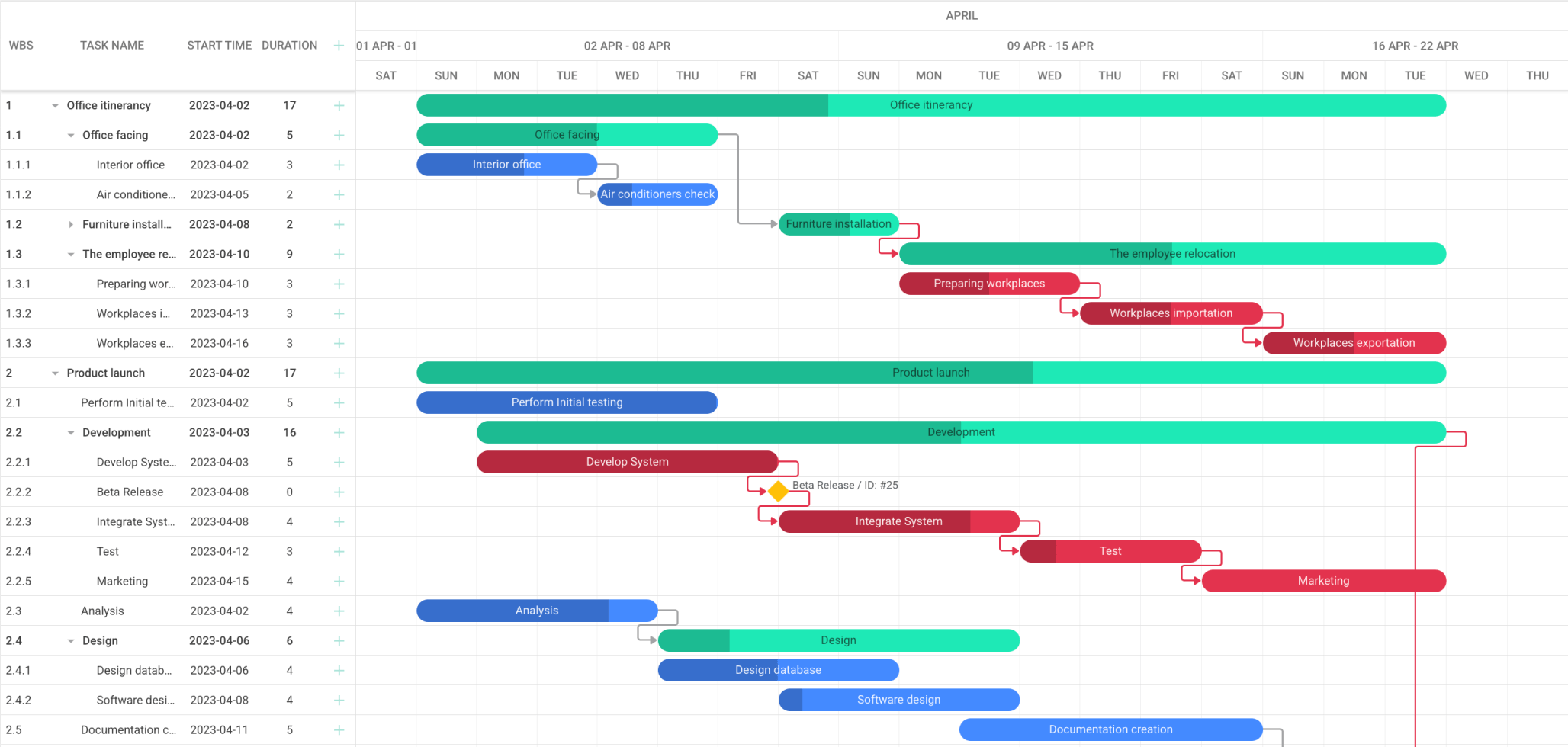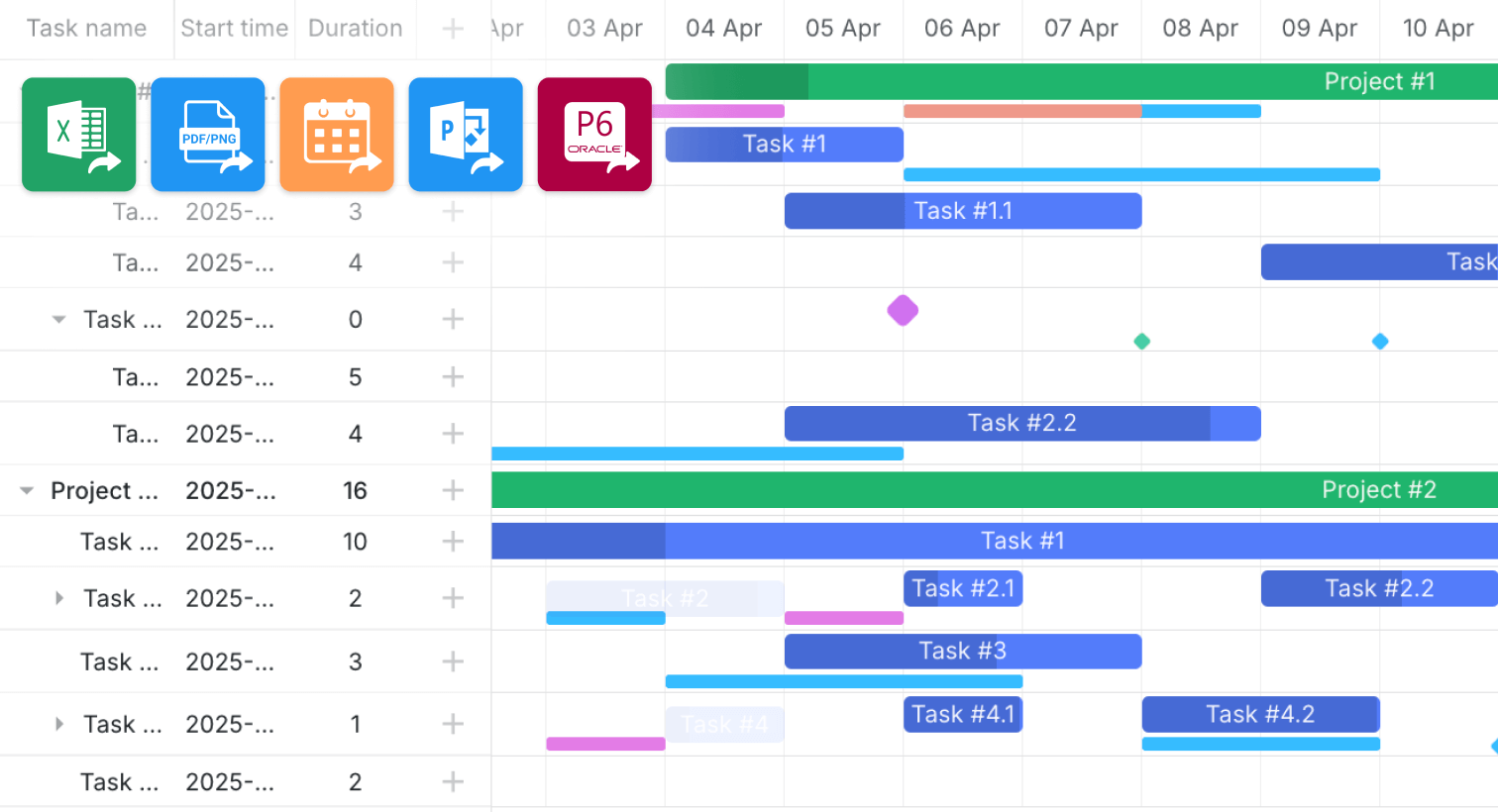Javascript Gantt Chart Drag And Drop
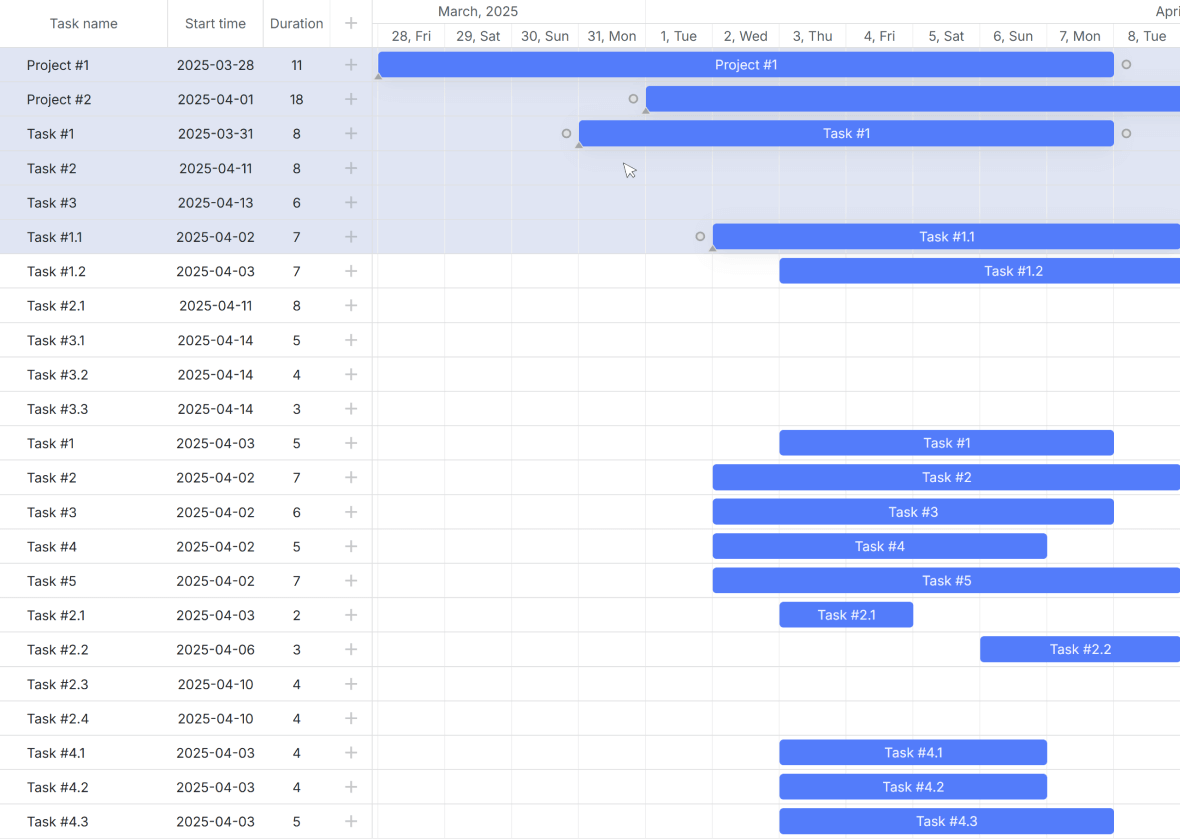
The project management landscape is undergoing a significant transformation, driven by the increasing demand for more intuitive and interactive tools. At the forefront of this evolution is the implementation of drag-and-drop functionality in JavaScript Gantt charts, offering a streamlined approach to task management and project visualization.
This shift promises to enhance efficiency and collaboration across teams, but it also introduces complexities in development and implementation that organizations must navigate carefully.
Understanding the Drag-and-Drop Gantt Chart Revolution
The core of this movement lies in the user-friendly interface that drag-and-drop functionality provides. Instead of manually adjusting dates and dependencies, project managers can now visually manipulate task bars on a Gantt chart to reflect real-time changes.
This empowers teams to respond more agilely to shifting deadlines and resource allocation.
What is a Gantt Chart?
A Gantt chart is a visual representation of a project schedule, displaying tasks against a timeline. Each task is represented by a horizontal bar, the length of which indicates its duration. Dependencies between tasks are shown as lines connecting the bars.
Gantt charts provide a clear overview of project progress, enabling project managers to identify potential bottlenecks and optimize resource allocation.
The Power of JavaScript
JavaScript, a ubiquitous scripting language for web development, plays a crucial role in creating interactive Gantt charts. Its flexibility and wide range of available libraries make it the ideal choice for building dynamic and responsive user interfaces.
Several libraries, such as DHTMLX Gantt and Bryntum Gantt, offer pre-built components and functionalities that simplify the development process.
Benefits and Advantages
The integration of drag-and-drop functionality offers several advantages. Task scheduling becomes more intuitive, enabling users to directly interact with the visual representation of their project plan.
This reduces the learning curve and makes project management accessible to a broader range of users.
Enhanced Efficiency
By allowing users to quickly adjust task durations and dependencies, drag-and-drop functionality significantly reduces the time spent on manual adjustments. Project managers can easily respond to unexpected delays or resource constraints, ensuring that projects stay on track.
According to a 2023 study by Project Management Institute (PMI), projects utilizing visual management tools, including interactive Gantt charts, reported a 15% increase in on-time project completion rates.
Improved Collaboration
Drag-and-drop Gantt charts facilitate better collaboration among team members. Everyone can see the impact of changes in real-time, fostering a shared understanding of project status and potential risks.
This promotes open communication and enables teams to proactively address issues before they escalate.
Challenges and Considerations
While drag-and-drop Gantt charts offer numerous benefits, there are also challenges that organizations must address. Implementing this functionality requires careful planning and consideration of various factors.
Ensuring data integrity and handling complex dependencies can be particularly challenging.
Data Integrity
Maintaining data integrity is crucial when allowing users to directly manipulate task schedules. The system must prevent users from creating invalid schedules or violating established dependencies.
Robust validation rules and error handling mechanisms are essential to ensure that the Gantt chart accurately reflects the project plan.
Complex Dependencies
Many projects involve complex dependencies between tasks. When implementing drag-and-drop functionality, it is important to ensure that these dependencies are correctly handled.
The system should automatically adjust related tasks when a task is moved or resized, maintaining the integrity of the overall project schedule.
Future Trends and Innovations
The future of drag-and-drop Gantt charts is likely to be shaped by several emerging trends. Artificial intelligence (AI) and machine learning (ML) are expected to play an increasing role in automating task scheduling and resource allocation.
Furthermore, the integration of virtual reality (VR) and augmented reality (AR) technologies could provide immersive project management experiences.
AI-Powered Scheduling
AI algorithms can analyze project data and historical performance to automatically optimize task schedules. These algorithms can identify potential bottlenecks, suggest alternative task sequences, and allocate resources more efficiently.
This will further reduce the burden on project managers and improve project outcomes.
VR/AR Integration
VR/AR technologies could transform the way project teams collaborate and visualize project progress. Imagine being able to walk through a virtual construction site or interact with a 3D model of a product, all while simultaneously viewing the corresponding Gantt chart.
This level of immersion would foster a deeper understanding of the project and facilitate more effective communication.
Conclusion
The adoption of drag-and-drop functionality in JavaScript Gantt charts represents a significant step forward in project management. This evolution empowers teams to work more efficiently, collaborate more effectively, and respond more agilely to changing project requirements.
As technology continues to advance, we can expect to see even more innovative features and capabilities emerge, further transforming the way projects are planned and executed.



